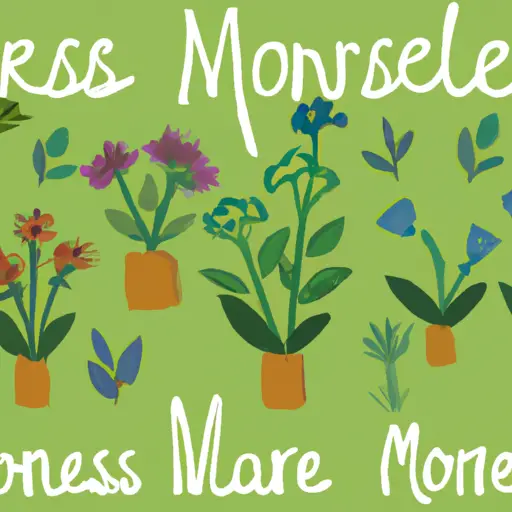Growing More with Less: Sustainability through Container Gardening
In recent years, sustainability has become a significant concern for many individuals and communities worldwide. As the global population continues to grow, so does the demand for food and resources. In this context, container gardening has emerged as a practical and eco-friendly solution for growing plants and crops in limited spaces. With its numerous benefits, container gardening has become a popular method of achieving sustainability by producing more with less.
Container gardening involves growing plants in containers such as pots, buckets, or even repurposed items like old tires or tin cans. This technique allows individuals to cultivate a wide variety of plants, including flowers, herbs, vegetables, and even small fruit trees. One of the primary advantages of container gardening is its versatility. Whether you have a small balcony, limited yard space, or no access to open land at all, container gardening provides an opportunity to grow your own produce regardless of your location.
One key aspect of sustainability is reducing waste and utilizing available resources efficiently. Container gardening allows for better control over soil quality by using specific potting mixes that are nutrient-rich and well-suited for each plant’s needs. By planting in containers rather than traditional gardens, gardeners can focus on ensuring optimum conditions for their crops while minimizing water usage and preventing soil erosion.
Another advantage of container gardening is its mobility. Containers can be easily transported from one location to another as needed – whether from indoors to outdoors or vice versa – making it possible to adapt to changing weather conditions or optimize sunlight exposure throughout the year. Additionally, containers provide protection against pests and diseases that might affect traditional gardens since they can be elevated off the ground or enclosed in netting if necessary.
Container gardening also offers opportunities for reusing materials that would otherwise go to waste. Items like plastic bottles or food containers can be repurposed as planters instead of being discarded into landfills. By giving these objects a second life, not only are we reducing waste but also contributing to a more sustainable and circular economy.
Furthermore, container gardening promotes biodiversity and conservation of native species. Growing plants in containers allows for better control over their growth, making it easier to prevent the spread of invasive species that could detrimentally impact local ecosystems. Gardeners can choose to cultivate indigenous plants and flowers that attract pollinators such as bees and butterflies, thereby supporting the preservation of essential wildlife populations.
For those living in urban areas or apartments with limited access to fresh produce, container gardening can be an empowering way to take control of food production. By growing herbs or vegetables on balconies or windowsills, individuals can supplement their diets with healthy and organic options while reducing their carbon footprint associated with transportation and packaging of store-bought produce.
In conclusion, container gardening offers a sustainable solution to the challenges posed by limited space and increasing demand for resources. This technique enables individuals to grow more with less by maximizing the use of available resources, reusing materials, promoting biodiversity, and providing greater accessibility to fresh produce. Embracing container gardening not only benefits our individual well-being but also contributes to a greener and more sustainable future for all.














